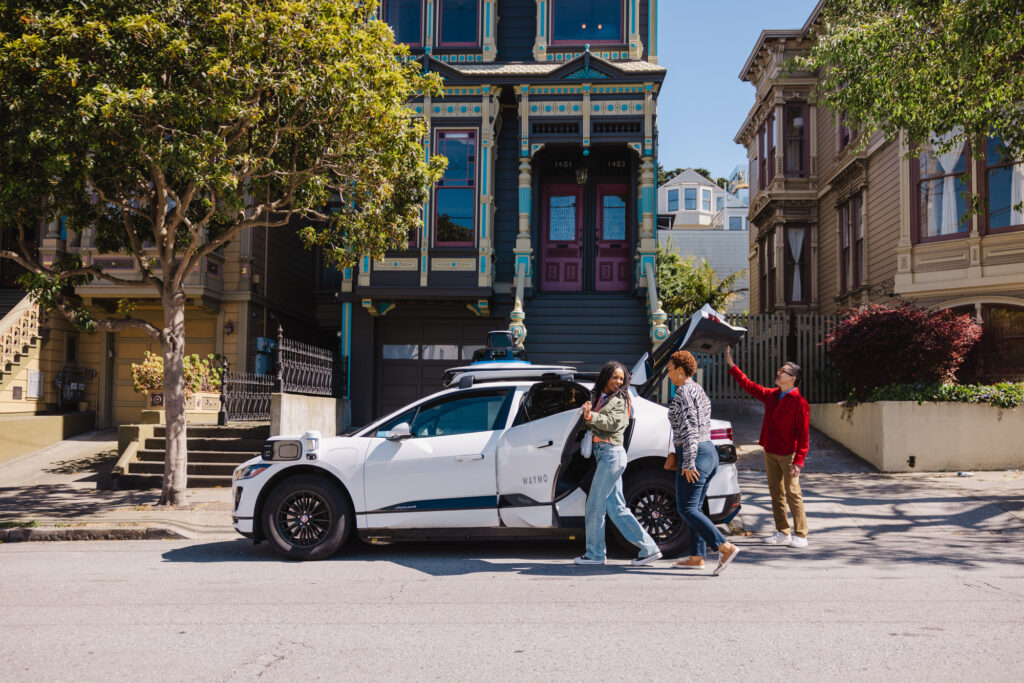
The autonomous vehicle race is no longer about testing; it’s about scaling. Waymo, the self-driving technology division of Alphabet, has just delivered its boldest statement yet by announcing a massive expansion plan that will bring its commercial Waymo One robotaxi service to three major new U.S. markets in 2026: Las Vegas, San Diego, and Detroit.
This aggressive move marks a significant acceleration of Waymo’s nationwide rollout, putting its driverless technology in front of millions of new users and presenting distinct challenges in three unique urban environments.
Why These Three Cities? A Strategic Trio
Waymo’s current commercial operations thrive in Sun Belt cities with relatively mild weather, such as Phoenix, San Francisco, Los Angeles, Austin, and Atlanta. The selection of Las Vegas, San Diego, and especially Detroit, is a calculated strategic step into diverse and high-value markets.
- Las Vegas: The Entertainment Capital of the World offers a high-volume, highly predictable environment perfect for an autonomous ride-hailing service. The focus here will be on serving the city’s 40+ million annual visitors, handling crucial routes like the Strip and eventually the airport. The ability to safely manage high-density traffic and complex pick-up/drop-off zones makes Vegas a proving ground for commercial viability. Waymo plans to launch in Las Vegas in Summer 2026.
- San Diego: Already a familiar territory for Waymo’s testing, San Diego provides another slice of the lucrative California market. The service will initially focus on the city’s diverse urban and suburban terrains, working closely with local officials like Mayor Todd Gloria, who has expressed support for the technology’s potential to make transportation more accessible and sustainable. Waymo plans to begin serving riders in San Diego next year.
- Detroit: Perhaps the most symbolic addition, planting Waymo’s flag in the “Motor City” is a bold move. Detroit presents the challenging yet essential conditions of Midwest weather, including snow and ice, that autonomous systems must master for true national scale. Having an engineering team rooted in Metro Detroit for years gives Waymo a home-field advantage to tackle these complex environments, directly challenging legacy automakers in the birthplace of the industry.
The Tech and Fleet Behind the Push
This rapid expansion is underpinned by key developments in Waymo’s technology and vehicle fleet:
- Sixth-Generation Waymo Driver: The company is deploying its latest, sixth-generation self-driving technology, which is designed for greater efficiency and generalizability across diverse road conditions.
- The Zeekr RT: Waymo is deploying a mixed fleet, combining its existing all-electric Jaguar I-Pace vehicles with the newer, custom-built Zeekr RT vehicle. The Zeekr RT is designed specifically for autonomous ride-hailing, potentially offering a more cost-efficient and scalable solution.
Waymo’s strategy involves first dispatching vehicles with human drivers to map and familiarize the Waymo Driver with the unique characteristics of each city before transitioning to fully autonomous operations for public use.
Navigating the Roadblocks
While the announcement is a victory lap for the autonomous industry, Waymo still faces significant challenges, particularly in the new markets:
- Regulatory Hurdles: Before commercial operations can begin, Waymo still needs to secure the necessary regulatory approvals in both Nevada and Michigan, a process that can be complex and time-consuming.
- Public Acceptance: The AV industry has faced increased scrutiny and skepticism following high-profile incidents. Successfully integrating the service will require robust public outreach, transparency, and training for local first responders.
- Union Resistance: In a city like Detroit, with deep ties to the automotive and labor industries, Waymo may face pushback from unions concerned about the impact of automation on jobs.
This three-city expansion represents Waymo’s unwavering bet on a driverless future. By moving into tourist hubs, coastal metropolises, and the heart of America’s traditional auto industry, Waymo is positioning itself to be the first truly national robotaxi network. The 2026 launches will be a defining moment in the history of autonomous mobility.







Comments 2